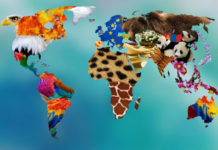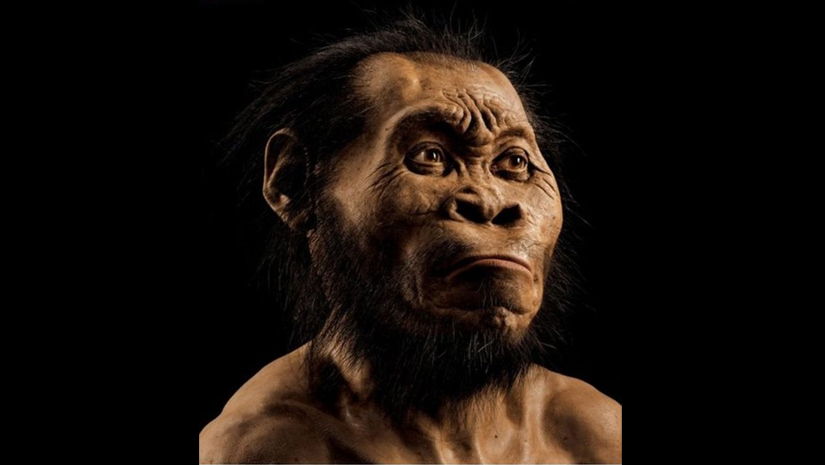Scientists have discovered a new human-like species in a burial chamber deep in a cave system in South Africa and this 15 partial skeleton discovery is a single largest discovery in Africa with researchers claiming that this discovery is bound to change ideas about our ancestors.
The species, which has been named naledi, has been classified in the genus, Homo, to which modern humans belong. Although theyhave not been able to find out how long ago these creatures lived – but the scientist who led the team, Prof Lee Berger, told BBC News that he believed they could be among the first of our kind (genus Homo) and could have lived in Africa up to three million years ago.Prof Berger says H.naledi could be thought of as a “bridge” between more primitive bipedal primates and humans.
“We’d gone in with the idea of recovering one fossil but that turned into multiple fossils which then turned into the discovery of multiple skeletons and multiple individuals so by the end of that remarkable 21-day experience, we had discovered the largest assemblage of fossil human relatives ever discovered in the history of the continent of Africa. That was an extraordinary experience.”

Prof Chris Stringer of the Natural History Museum said H. naledi was “a very important discovery. What we are seeing is more and more species of creatures that suggests that nature was experimenting with how to evolve humans, thus giving rise to several different types of human-like creatures originating in parallel in different parts of Africa. Only one line eventually survived to give rise to us,” he told BBC News.The haul of 15 partial skeletons includes both males and females of varying ages – from infants to elderly. The discovery is unprecedented in Africa and will shed more light on how the first humans evolved.
“We are going to know everything about this species,” Prof Berger told me as we walked over to the remains of H. naledi.”We are going to know when its children were weaned, when they were born, how they developed, the speed at which they developed, the difference between males and females at every developmental stage from infancy, to childhood to teens to how they aged and how they died”. I was astonished to see how well preserved the bones were. The skull, teeth and feet looked as if they belonged to a human child – even though the skeleton was that of an elderly female.

Its hand looked human-like too, up to its fingers which curl around a bit like those of an ape.
Homo naledi is unlike any primitive human found in Africa.

It has a tiny brain – about the size of a gorilla’s and a primitive pelvis and shoulders. But it is put into the same genus as humans because of the more progressive shape of its skull, relatively small teeth, characteristic long legs and modern-looking feet.

“I saw something I thought I would never see in my career,” Prof Berger told me.
“It was a moment that 25 years as a paleoanthropologist had not prepared me for.” Other researchers working in the field, such as Prof Stringer, believe that naledi should be described as a primitive human. But he agrees that current theories need to be re-evaluated and that we have only just scratched the surface of the rich and complex story of human evolution.
The Team that found out the remains of H. naledi

Picture and Text Source: BBC Science
By: Archa Dave



























